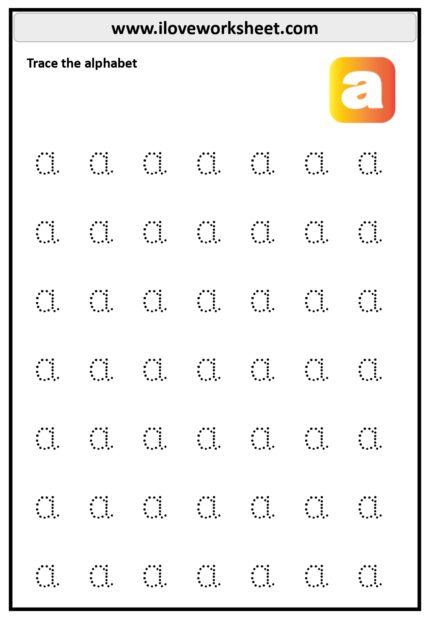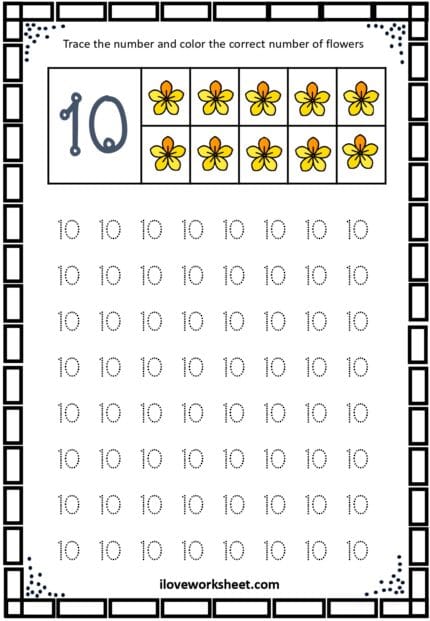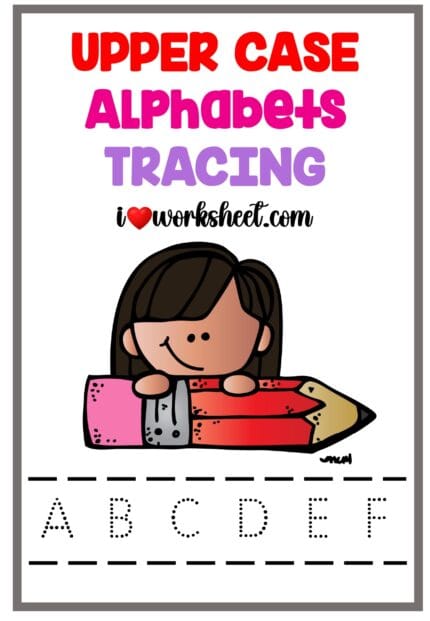 Tracing worksheets are essential tools for developing young children’s prewriting skills. From letters and numbers to shapes and lines, tracing helps children build foundational skills necessary for handwriting and fine motor control. Our collection of Free Letter Tracing Worksheets, Number Tracing Worksheets, Name Tracing Worksheets, Shape Tracing, Picture Tracing, Line Tracing, and more provides a variety of exercises designed to support preschool and kindergarten students.
Tracing worksheets are essential tools for developing young children’s prewriting skills. From letters and numbers to shapes and lines, tracing helps children build foundational skills necessary for handwriting and fine motor control. Our collection of Free Letter Tracing Worksheets, Number Tracing Worksheets, Name Tracing Worksheets, Shape Tracing, Picture Tracing, Line Tracing, and more provides a variety of exercises designed to support preschool and kindergarten students.
Why Tracing Worksheets Matter
Tracing worksheets are much more than just a fun activity. They play a crucial role in helping children develop the fine motor skills needed for writing. Tracing helps strengthen the small muscles in their hands and fingers, which is essential for grip, control, and precision in later handwriting exercises.
Key Benefits of Tracing Worksheets
- Fine Motor Skill Development: Through tracing, children strengthen their hand and finger muscles. This lays the groundwork for good pencil grip and handwriting control.
- Prewriting Skills: Tracing teaches essential prewriting skills, such as following lines, controlling direction, and understanding shapes and letters.
- Focus and Concentration: Tracing exercises require concentration and careful control, which helps children build focus and attention to detail.
- Confidence Building: As children master each tracing worksheet, they gain confidence in their abilities, making them feel prepared for more complex writing tasks in the future.
Types of Free Tracing Worksheets
- Letter Tracing Worksheets: These help children learn to recognize and write both uppercase and lowercase letters, laying the foundation for reading and writing.

- Number Tracing Worksheets: With these worksheets, kids practice tracing numbers, aiding in number recognition, counting, and early math skills.
- Name Tracing Worksheets: Personalizing tracing worksheets with a child’s name helps them feel connected to the learning process while learning to write one of their first meaningful words—their name.
- Shape Tracing: Shapes help children become familiar with the forms they will encounter in letters and numbers, and learning to trace them builds spatial awareness.
- Picture Tracing: Fun images like animals, trees, and everyday objects add an element of creativity to tracing practice and allow kids to trace more fluidly.
- Line Tracing: Straight, curved, and zigzag lines prepare children for letter formation by helping them practice different strokes, which improves pencil control and coordination.
How to Use Tracing Worksheets
- Daily Practice: Consistent, short tracing sessions every day help reinforce skills without overwhelming young learners.
- Fun Materials: Using colored pencils, markers, or even crayons keeps tracing fun and adds variety.
- Incorporate into Play: Combine tracing activities with play by having children “draw” letters or shapes in sand or on chalkboards to make the practice even more engaging.
- Positive Reinforcement: Celebrating completed worksheets with praise or stickers boosts confidence and encourages a love for learning.






